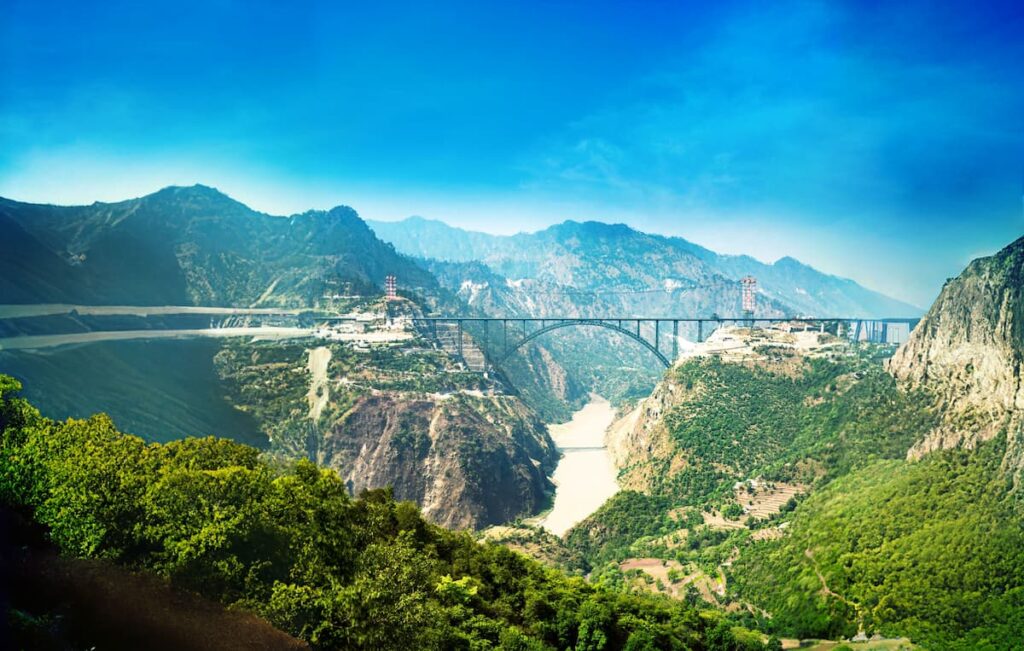A Monumental Feat of Engineering in the Himalayas
India has unveiled the world’s highest railway bridge, a remarkable infrastructure project spanning the Chenab River in the mountainous region of Jammu and Kashmir. Towering 359 meters above the river valley—higher than the Eiffel Tower—this arched steel structure stands as a symbol of both technological advancement and national ambition.
With a length of over 1,300 meters and a construction cost exceeding $160 million, the Chenab Bridge connects key parts of India-administered Kashmir to the rest of the country for the first time via rail. Its completion marks a major milestone in the region’s integration into India’s broader transportation network, addressing long-standing gaps in accessibility due to its challenging topography and politically sensitive status.
Connecting Kashmir: Railways and Symbolism
Alongside the bridge, India launched the Udhampur-Srinagar-Baramulla Rail Link, a massive initiative aimed at improving intra-regional mobility and enhancing Kashmir’s connectivity with the Indian mainland. A decorated Vande Bharat passenger train was part of the inaugural celebrations, symbolizing modernity and movement in an area historically defined by isolation and conflict.
The unveiling comes in the aftermath of heightened regional tensions and military confrontations. Though the railway projects are largely presented as tools for development, they also carry significant political weight. They reflect a broader agenda to strengthen ties between the region and New Delhi, both logistically and ideologically. These moves follow policy changes that have redefined the legal and administrative status of Jammu and Kashmir, aligning it more closely with India’s central government.
Infrastructure as a Strategy for Integration
The opening of the Chenab Bridge is not just an engineering success; it is part of a larger strategy led by India’s national administration to reshape the region’s future through infrastructure. Since the beginning of this national vision, massive investments have flowed into rail and road expansion projects across India, particularly in remote and mountainous areas like the Himalayas.
By linking remote areas through high-speed rail and roadways, the government aims to create new economic opportunities, reduce isolation, and promote a unified national identity. The broader objective is to turn connectivity into a form of integration, using physical networks to support political and social cohesion.
Such efforts, however, are not without concerns. Critics, especially environmental advocates, have expressed alarm over the possible consequences of rapid construction in ecologically sensitive zones. Projects in other Himalayan states have faced scrutiny after structural collapses and construction accidents, raising questions about sustainability and safety. While these challenges persist, the government maintains that modernizing transport infrastructure is essential for economic growth and national development.
Looking Ahead: Mobility, Development, and Debate
As trains now prepare to regularly run across the newly inaugurated Chenab Bridge, the region enters a new chapter defined by increased movement and opportunity. For many, this signifies hope for better access to services, trade, and tourism in an area long marked by conflict and separation.
Yet, the broader implications extend beyond rail lines and tunnels. These developments are likely to influence the region’s social dynamics, economic prospects, and political discourse in the years ahead. Whether seen as a unifying gesture or a strategic assertion of control, the bridge over the Chenab River has already become a powerful symbol of transformation in one of the world’s most complex and contested regions.


